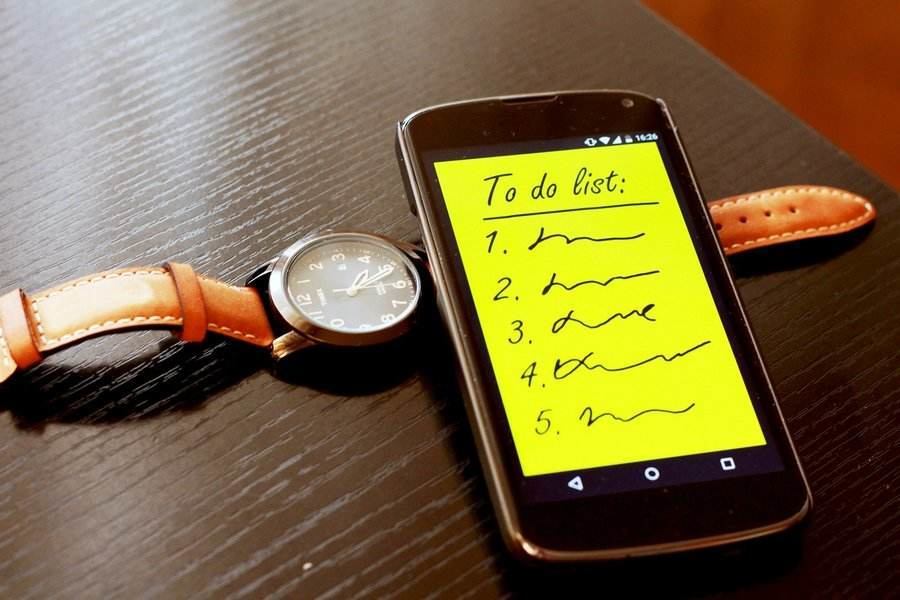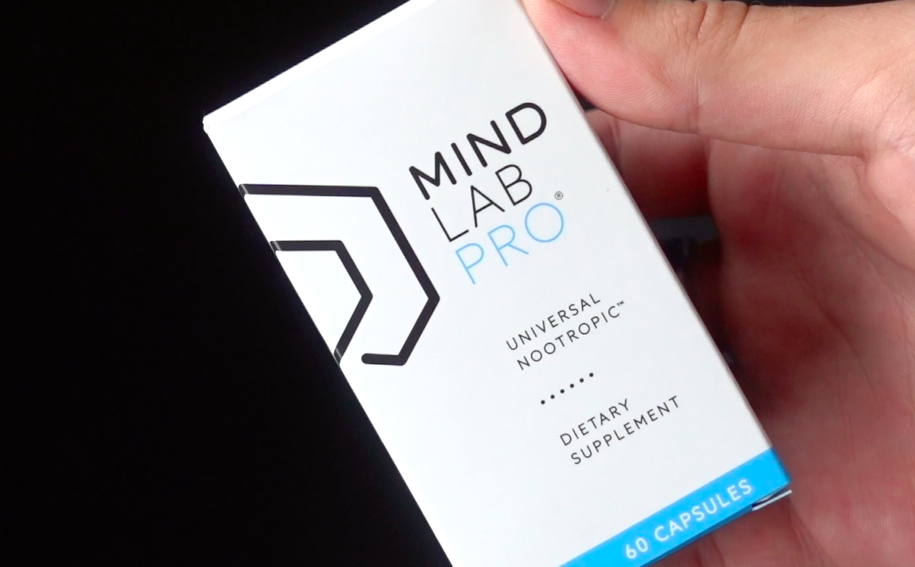The flow state is the holy grail for creative people. It can be described as being so in the zone that you lose track of time and the thing you’re creating just flows from you with no effort at all.
It can take a little bit of time to get into but once you’re there, you can focus for hours without needing to break or rest.
It’s also very easy to get OUT of the flow state, if you get distracted however. This makes it a very interesting topic and there’s a LOT we can talk about with this.
I’ll explain it in stages, because for lots of people it’s a confusing and elusive thing, much like meditation.
But once I explain how it works and what can trigger a flow state, you’ll see it’s actually very easy and simple to get into the state and STAY there.
I’ll also share over 6 flow state triggers and hacks to induce the state easily.
What is the flow state?
The flow state can be also referred to as:
- Being in the zone
- Entering the creative vortex
- Being laser focused
- Losing track of time
- Being ‘with it’
- Being ‘on one’
- Flowing
But there are lots of names and descriptions for the flow state. It’s something that you’ll KNOW you’ve been in once you’ve experienced it.
It feels like you’re so super focused and engaged with what you’re doing that you lose track of everything else, and the flow state is one of the best biohacks that I know of.

It can make you MANY times more productive, and you’ll be able to produce better work as well. It can be described as being in the zone and fully warmed up.
For athletes it’s usually LITERALLY linked to warming up your muscles actually.
For writers and creative types it’s more about getting into the right frame of mind and inducing the right attitude.
This can take varying lengths of time and it’s easy to lose. It’s a goal for many people because you’ll be able to do whatever task you’re doing EASIER, FASTER and better.
How long does it take to get into flow state?
It can take anywhere from 20 minutes to 90 minutes to REALLY get into the flow state.
This sadly means most people never actually experience it. If you think that most jobs interrupt your working every 90 minutes or so for social gatherings, meetings, calls, breaks or lunch time.
It can be hard to enter the flow state, especially when all of the following things can BREAK the flow state, and require you to start from scratch from 0 minutes again:
- Checking your phone
- Getting a phone call
- Talking to someone
- Focusing on something else for more than 30 seconds
- Stopping what you’re doing or changing to a new tab
- Moving from one room to another
- Getting up to eat or go to the toilet
And many more things too. It’s easy to lose your focus and ruin your flow state.
Studies have been done showing that one small micro interruption can ruin your flow state, and force you to start again.
So if you’re interrupted every 30 minutes, you’ll never reach full flow state during the course of the day.
There are several things you can do to induce the flow state faster, and make sure you’re not going to get distracted.
It’s important to realise that it’s VERY easy to lose the flow state once you’ve got into it. It can literally just take one person to start talking to you for you to exit the state.
To enter flow, you need to focus ONLY one the one task you’re doing, for at least 30 minutes.
That’s enough time for your brain to adapt and essentially say ‘okay we’re doing THIS now, stop seeking other stimuli’.
Before that time, your brain has urges to check your phone, and flit between tabs.
It’s a bad habit we’ve developed, to constantly flick between tabs, conversations, and tasks all day long.
If you observe your actions over the course of an average hour, you’ll see that you naturally check your phone, look around the room, have conversations and so on.
You’re distracted and unfocused most of the time.
But with flow state, you’re aiming to ONLY focus on the one task you’re doing, for at least 2 hours.
After the first hour, you’ll lose track of time and sort of ‘fall’ into the creative vortex.
You’ll have more ideas, come up with better solutions and be able to work faster and more effectively.
It’s literally the holy grail for anyone working on something creative.
How to induce the flow state fast
Here are the main steps to reaching and triggering a flow state in your brain. These are aLL important, so don’t skip any of them.
Also, remember how easy it is to lose the flow state! It can take just a few seconds. This is why it’s important to remove ALL distractions and shut yourself off from the world.
MOST offices in the world in most jobs are TERRIBLY optimised for reaching flow.
They’re open plan, people can talk and shout across the room, and there’s distractions and other things going on everywhere you look.
1: Lay out your work FIRST
The first step to reaching flow is working out WHAT you’re going to be doing.
In most cases this is something simple, and in one place. You might want to for example:
- Write 5K words of your book
- Draw a new picture
- Study a certain type of verb in a foreign language
- Research competitors websites and business structures
- Come up with creative ideas for a certain project
So you’ll find it much easier if you lay out everything you’re going to need in front of you.
Make sure your laptop has full power, you’re next to the charger, your phones on silent and so on.
You want to make sure that everything you could possibly need is in front of you, organised and available. This will vary depending on what task you’re doing.
In the case of artists, make sure you’ve got all the paintbrushes, paint and so on that you need right there.
If you’re working on a laptop make sure you’ve got a good internet connection and full power.
It’s also useful to download or make sure you’ve got the things you’ll need available offline as well. Internet connection dropping is a BIG killer of flow state.
2: Remove all distractions
Distractions can come in many forms. Here are the most common things that will distract you and remove flow state:
- Noises or visual movement in the foreground (This is most common in big offices)
- Losing power or battery on your laptop and having to move to get a charger
- Your phone going off, or someone trying to chat with you
- The internet connection going down
- You thinking about something else (this is harder to avoid since you can’t shut your brain off). Meditation helps with this one though.
- Having too many tabs open (Have ONLY the tabs you’re using open)
- Having your emails make noises (Don’t allow your emails to make notification noises! Turn it off or close the app)
So there are probably lots more but those are the main ones for office workers.
To remove them, just close the apps, close the tabs and so on. Make sure there are NO distractions. You want to ONLY be able to see or interact with the task you’re doing.
If you even have a little chance of a distraction like a tab open with Facebook for example, you’ll fail.
You’ll notice that someones commented on something and won’t be able to resist the urge to check it. Out of sight out of mind.
3: Get back on track from other thoughts
If you have other thoughts, or you start thinking about what you want to do after work or make for dinner, you’ll lose the flow state. You need to maintain a focus on what you’re doing.

This is a LOT easier if you meditate already, but if not don’t worry.
Just try and focus on the task, and if you find yourself thinking about other things, bring your mind and attention back toy our task as soon as you can.
This will get much easier with time. As I said, meditation helps a lot with this.
By meditating, you’re training your brain to be able to focus on only one task for extended periods of time.
This is invaluable when you’re trying to focus on just one thing like a creative task. It’s KEY to not beat yourself up about failing in this aspect of things.
So, there will be lots of times where you’re trying to focus on something and your brain gets distracted or you start thinking about other things.
This is normal, and you shouldn’t feel bad about it. Just tell yourself you’ll try better next time. Also make a note of what triggered you to start thinking about something else.
Maybe the work you’re doing is boring? Or you had a tab open, or there was a noise. It’s useful to keep a journal to write notes about what made you act and react in certain ways.
4: Use nootropics
Nootropics are a powerful way to hack your brain and enter a flow state faster.
The best nootropic I’ve found over my 6 month experiment with smart drugs was a nootropic called Mind Lab Pro (That link goes to my in depth review of it).
They can be used long term to boost your cognitive abilities and be able to think faster, better and for longer.
They’re not to be taken lightly though, so do your research and always check the ingredients first. I’ve found that Mind Lab Pro is the most effective (I’ve tried a lot).
It’s also not caffeine based which is a bonus. If you’re interested in smart drugs, read my other post about the best nootropics.
This gives a nice easy to read overview of the best nootropics, how they work and which ones might be best to try.
5: Listen to trance music
Trance music has been shown to improve your brainpower and make you more productive. It does this for a few reasons:
- The track mixes are very long so you don’t get distracted and have to think about changing the song
- The beats are very repetitive and lyrics are simple, so it’s less distracting
- It’s pumpy and gets you going!
- The tracks slowly progress and swell over time so you get a build up of energy which is GREAT for writing
So that’s always what I listen to. I listen to long hour or two hour mixes of trance, sometimes with vocals and sampling. This is when I’m the most productive. In fact here’s my ultimate flow state ‘setup’:
- Noise cancelling headphones (like these) playing a 6 hour trance mix
- I’ve slept well for 8-9 hours and woken up STRAIGHT AWAY to get on with work
- I’m in a cool, medium lit room on a comfortable chair or sofa
- My laptop is angled at about 20-30 degrees so typing is most comfortable
- I’ve taken a nootropic like Mind Lab Pro
- I’ve laid out all my work and know exactly what I need to do and how to do it
The 17 flow state triggers
There are certain triggers or ways of inducing a flow state which you can leverage to your advantage.
Everyone will have slightly different triggers, but here are the main ones:
1: Attention
Your attention needs to be placed on the one task you’re doing for as long as you can maintain it.
Once flow state takes over, this no longer feels like a challenge. But for the first 30 minutes or more, you’ll need to focus all of your energy on not getting distracted.
Try and get super engaged in the task. Imagine the whole world’s watching you and every move you make is being judged. You have to try and be the best you can at that task.
Try and do it better than you’ve EVER done it before. Type faster, think better and do more.
2: Defined goals
By having a set of clearly defined goals, you make the process easier.

It’s hard to work well when you don’t know what you’re working on, or how to do it.
It’s much easier to work on something when you have each step laid out in front of you and you know how to take those steps.
This can be something as simple as writing the chapter headings for a book you’re trying to write. It could be drawing the outline if you’re drawing a picture.
It could be sitting down and thinking about how a song should sound, if you’re a musician.
3: Instant feedback
Instant feedback helps your brain get into a feedback loop.
You do something, you see that it’s good and you keep going. This is a lot easier when drawing something or playing an instrument. In fact I would say this is a VERY easy trigger when playing an instrument.
You play a particular solo or length of music, it sounds good and you feel more motivated, so you keep playing.
Next thing you know you’ve been playing for over an hour and created some beautiful music.
It’s nice when you’re writing to lay out the subheadings and plan the entire article or book out before you start.
This helps you see how much you’ve written, and how much you have still to go.
This, I find creates a little bit of pressure and makes you motivated to get it done faster.
When you just have a blank page in front of you, it’s much harder to stay motivated because you can’t see the end in sight.
4: It’s a challenge
The more challenging something is, the more likely it is to trigger a flow state (Within reason).
The task needs to be challenging, but not so difficult that you spend half the time thinking about how difficult it is, and how you’re not able to do it.
This will take a bit of practice to find this balance and actually be able to determine in advance which tasks will be harder than others.
5: There’s some pressure
A great way of making something a challenge is to make some form of pressure exist.
This can be setting a timer, and telling yourself ‘I’ll have completed these tasks before the timer hits zero’. This might be a word count if you’re a writer, or it could be any other task.
It helps keep you on track, and ensures that because there’s that gentle pressure, you’re less likely to get distracted.
When there’s no timer or pressure, you’re very easily distracted and you’re more likely to tell yourself ‘I can afford to check Facebook for a second’.
6: There are no distractions
As I said earlier, the less distractions you have, the easier you’ll find it to stay in the flow.
This is easier said than done because there are distractions everywhere. Unless you literally lock yourself in a room and block everything else out.

